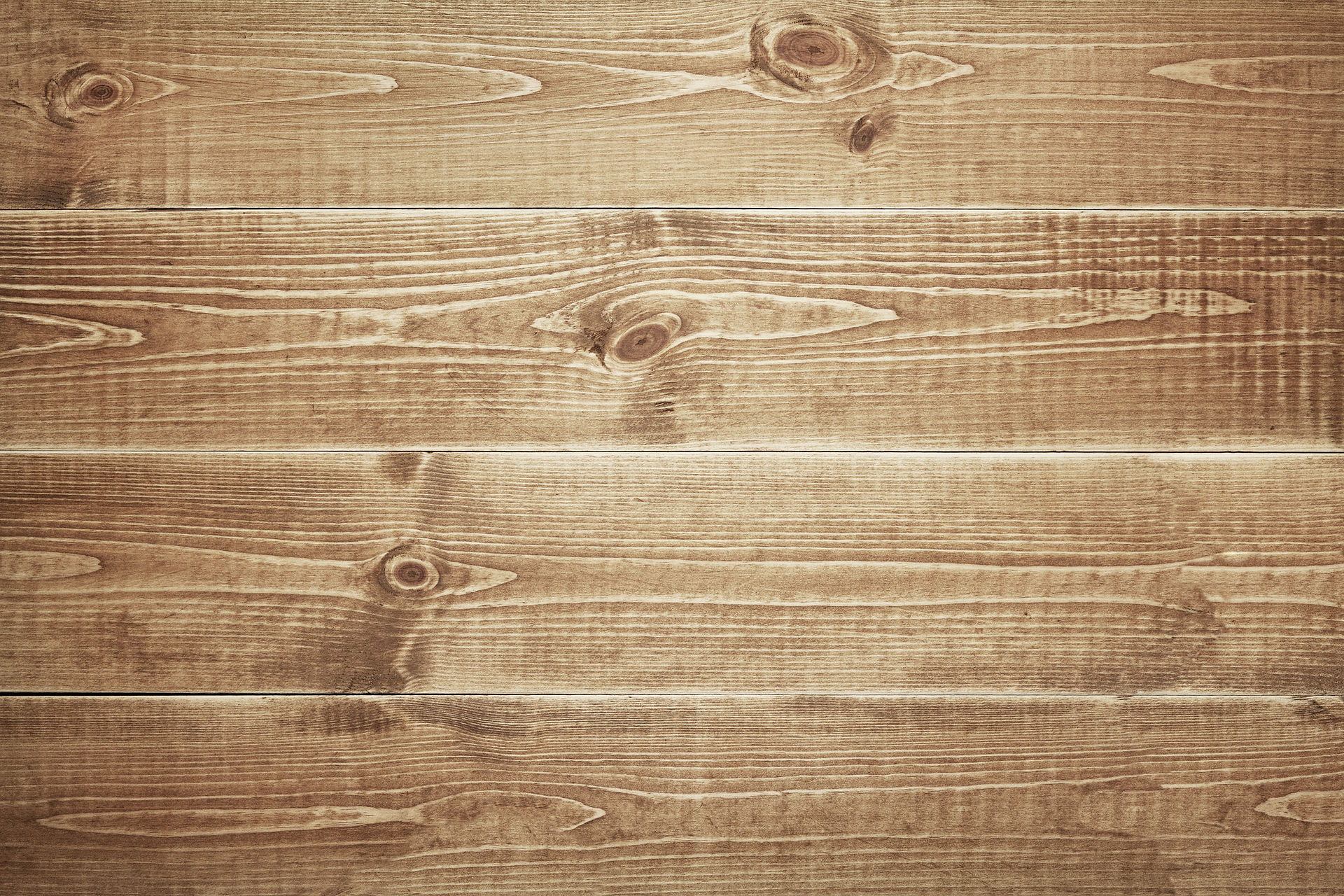Is Termite Tenting Safe for My Family?
- Eugene Echevarria
- Oct 1, 2024
- 4 min read
Termites can cause severe damage to your home if not properly controlled, and one of the most effective methods for eliminating these pests is termite tenting. However, you might wonder, is termite tenting safe for my family? This FAQ will explore what termite tenting is, how it works, its safety implications, precautions to follow, and alternative methods available.

What is Termite Tenting?
Termite tenting, also known as fumigation, is a process used to eradicate termites from a building. During this process, a tent-like structure is placed over the entire home, and a fumigant gas is released inside. This gas penetrates wood and other materials, effectively killing termites in hard-to-reach areas. This method is often used for severe infestations where other treatments may not be as effective. Learn more about termite tenting on our detailed termite control page.
How Does Termite Tenting Work?
To start the termite tenting process, pest control professionals will cover your home with a large tent, sealing it off completely. The fumigant gas is then pumped inside and allowed to permeate the structure. The gas targets termites by penetrating the wood and disrupting their biological processes, ultimately killing them. The tenting remains in place for a specified period to ensure the gas reaches all termite colonies within the structure. After fumigation, the tent is removed, and the home is ventilated until the air inside is safe to breathe. This method ensures a thorough treatment, reaching areas that other treatments might miss.
Termite tenting involves several critical steps to ensure the effectiveness of the fumigation process. First, professional pest control experts like those at Pest Doctor Inc will conduct a thorough inspection of your home to assess the extent of the termite infestation. Next, they will provide instructions on preparing your home, such as sealing food items and arranging temporary accommodation for your family and pets. The actual fumigation process usually takes about 24-48 hours, and the home needs additional time for proper ventilation before it is safe to return.
Is Termite Tenting Harmful to Humans?
While the chemicals used in termite tenting are potent and designed to eliminate termites effectively, they can be harmful to humans and pets if inhaled in large quantities. This is why it is necessary to vacate your home during the fumigation process. Pest control professionals take meticulous measures to ensure the safety of your home and its inhabitants, using precise dosages and proper ventilation techniques.
One major concern for many homeowners is whether residue from the fumigant will remain on surfaces inside the home. Rest assured that modern fumigants are designed to dissipate quickly and do not leave harmful residues. By the time it is safe to re-enter your home, the chemicals will have broken down harmlessly in the air. According to this guide, ensuring proper ventilation is crucial in removing any lingering chemicals from the treated area.
Safety Precautions Before and After Tenting
Before the fumigation process begins, it is essential to remove all food items, plants, and pets from the home. Any sensitive materials, such as medications or cosmetics, should also be taken out or sealed in special protective bags provided by the pest control company. The professionals from Pest Doctor Inc will guide you through each step of this preparation.
After the tenting is complete, the fumigation team will conduct extensive air quality testing to ensure that it is safe for you to return to your home. It is important to follow their guidelines carefully and wait until they give you the green light to re-enter. Additionally, you should wash all surfaces that frequently come into contact with food or skin to ensure that they are thoroughly clean.
By taking these precautions and adhering to the instructions provided by your pest control professionals, you can significantly minimize any potential risks associated with termite tenting.
Alternatives to Termite Tenting
While termite tenting is highly effective, there are alternative treatments available for less severe infestations or for homeowners who prefer not to use fumigation. Some options include localized treatments, such as liquid termicides and baiting systems. Liquid termicides can be applied directly to affected areas, creating a barrier to kill and repel termites. Baiting systems involve placing bait stations around your property to attract termites, which then carry the bait back to their colony, effectively eliminating it.
Another alternative is the use of heat treatment. This method involves raising the temperature in your home to a level that is lethal to termites. Unlike fumigation, heat treatment does not rely on chemicals, making it a popular choice for those seeking a chemical-free option. However, it may not be as effective for large or deeply rooted infestations. For more individualized termite control options, consider reaching out to Pest Doctor Inc for tailored solutions.
Ensuring a Safe Termite Tenting Experience
Termite tenting is a highly effective method for dealing with severe termite infestations, and when properly administered by professional pest control experts, it poses minimal risk to your family. By following the recommended safety precautions before and after tenting, you can ensure a safe, effective, and comprehensive termite eradication process. For more information on effective termite control solutions, visit Pest Doctor Inc.






Comments